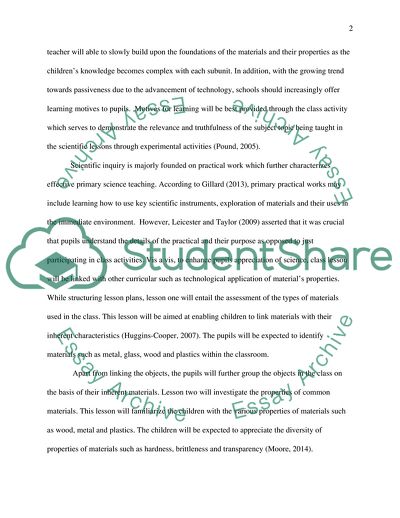Cite this document
(The Learning of Science: Materials and Their Properties Literature review Example | Topics and Well Written Essays - 1500 words, n.d.)
The Learning of Science: Materials and Their Properties Literature review Example | Topics and Well Written Essays - 1500 words. https://studentshare.org/education/1855983-the-learning-of-science
The Learning of Science: Materials and Their Properties Literature review Example | Topics and Well Written Essays - 1500 words. https://studentshare.org/education/1855983-the-learning-of-science
(The Learning of Science: Materials and Their Properties Literature Review Example | Topics and Well Written Essays - 1500 Words)
The Learning of Science: Materials and Their Properties Literature Review Example | Topics and Well Written Essays - 1500 Words. https://studentshare.org/education/1855983-the-learning-of-science.
The Learning of Science: Materials and Their Properties Literature Review Example | Topics and Well Written Essays - 1500 Words. https://studentshare.org/education/1855983-the-learning-of-science.
“The Learning of Science: Materials and Their Properties Literature Review Example | Topics and Well Written Essays - 1500 Words”. https://studentshare.org/education/1855983-the-learning-of-science.


